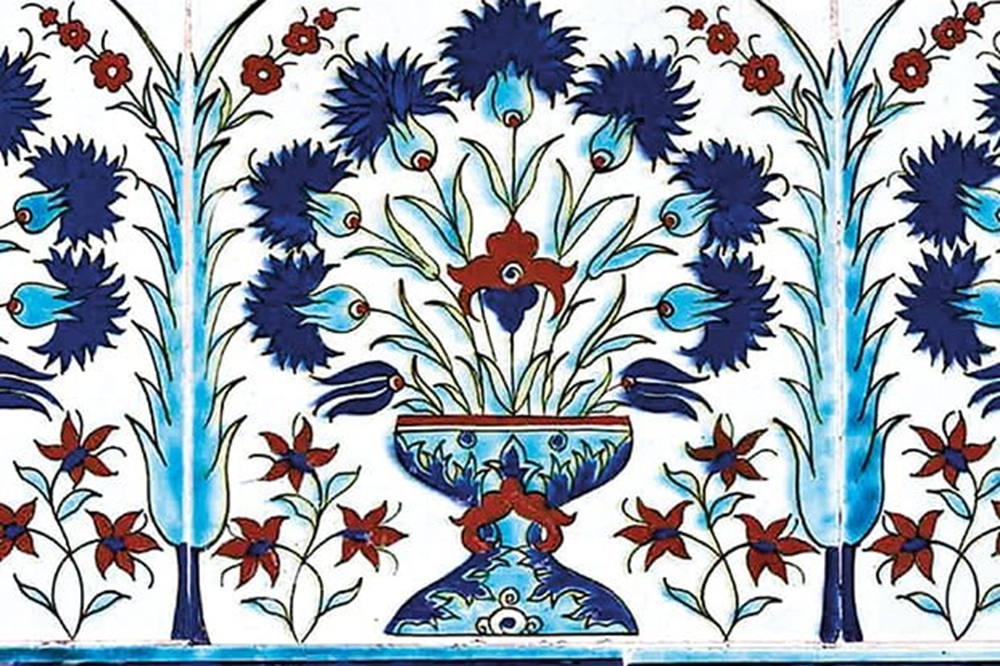
The lobby of the new hotel… where all the luxurious elements that compose it blend perfectly together, is like Bordeaux wine that leaves a lingering aroma on the palate.
(Zülfü Livaneli, Hotel Constantinople, Patakis Publishing)
The Hotel is a place of vacation, entertainment, and rest. It is a place for short stays, meetings, and work. It is a place of coexistence and interaction. The Hotel is all these things and even more. Whether luxurious and expensive, or more humble and affordable, crossing the entrance of a hotel is an experience everyone seeks.
Modern, large hotels appeared in Europe at the end of the 19th century as a result of easier travel, urbanization, and the rise of a wealthy class of people with the desire and means to travel comfortably.
Among them were writers who not only set the plots of their books in hotels but also wrote significant works while staying in a hotel room, usually in a luxury hotel. Notable examples include Agatha Christie, Ernest Hemingway, and Marcel Proust.
This unique energy of hotels and their position as “key” landmarks in city life and landscapes could not go unnoticed by literature. In historical, political, and detective books, the Hotel often is not just the place hosting the action but a distinct character with a central role in the development and its own identity. In the rooms, common areas, and hotel gardens, the heroes of the novel will hide, fall in love, deceive, kill, and be killed.
Since the early 20th century, the mention of the Hotel in literary texts has become so widespread that a distinct category called “hotel literature” has gradually emerged. Writers “exploit” the characteristics of the hotel to compose their plot. The anonymity of guests, the coexistence of people from different national and social backgrounds, isolation, movement, and escape from everyday life are elements often used by writers to shape characters and storylines.
For the incurable hotel enthusiasts and lovers of literary escape, recent publishing offers a range of contemporary as well as classic works reissued to be read with bated breath.
Starting with the author of Norwegian Wood, Haruki Murakami, the reader encounters a work full of noir elements, irony, and an almost Kafkaesque, fluid treatment of time. Indeed, in the work After Dark (Psychogios Publications, translated by Maria Argytraki from Japanese), the lives of a jazz trombonist, a “love hotel” owner, a Chinese prostitute, Eri who works as a model, and a supernatural troupe intersect. The novel’s brief chapters, besides carrying a Western-style sense of commentary, sometimes become cryptic, reminiscent of traditional Japanese ghost stories—kwaidan. Readers who enjoy descriptions of hotel settings and adventures set against such backdrops will enthusiastically envision these lines transforming into scenes of a modern neo-noir in their imagination: “In front of the entrance of the Alphaville hotel, a motorcycle stops: a huge, tough Honda sportbike. The rider is wearing a helmet that covers his entire face. He keeps the engine running, ready to leave immediately if needed. […] Wide forehead, sunken cheeks, piercing gaze. He has a brief conversation. He closes his phone and puts it in his pocket. He puts on his glove and waits…“

If one of literature’s functions is to transport us to different times and spaces, then Cara Hoffman’s Running (from the Aldina series by Gutenberg Publishing, in an excellent translation by Panagiotis Kehagias)—an author who moves between Athens and New York—reconstructs for us Athens of 1988 through the eyes of the black poet and boxer Milo and the white alcoholic Jaspers. Living life like two protagonists straight out of Gus Van Sant’s independent cinema, the story’s heroes are forced to work as touts in one of the popular hotels around Larissa Station, where their encounter with the American Brady will turn everything upside down in their lives. The perspective of these protagonists on the tourism attraction practices of the time is truly revealing for those who never had the chance to experience it in all its intensity: “The tout’s job is to tell a bunch of lies about the place where he lives, and then convince others to go there with him. The hotels where the touts stayed were almost identical, lost among the low concrete buildings of the red-light district. […] They were all stifling, baking in the summer heat, and very far from the ancient sites everyone had come to see.”
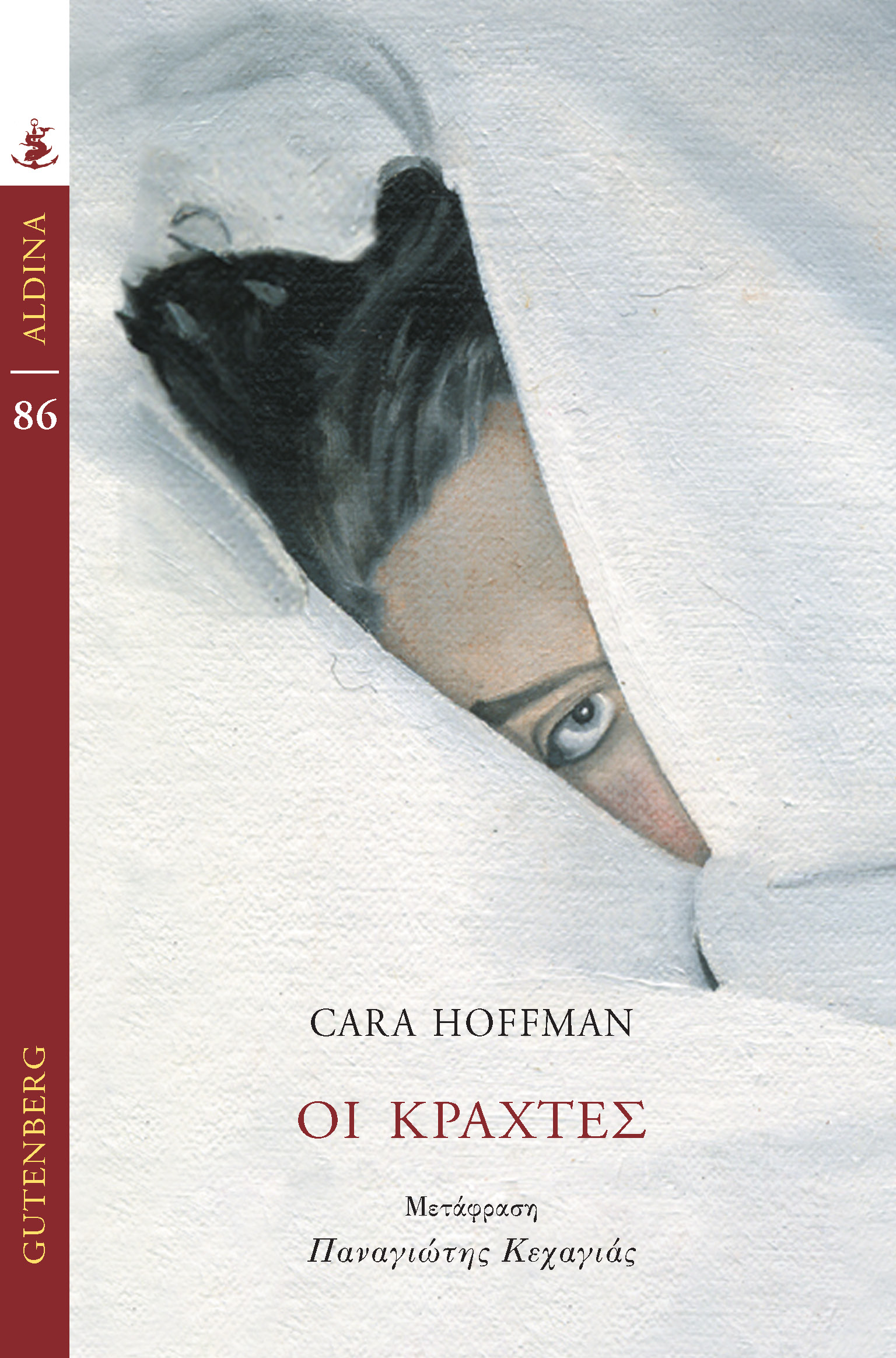
The story of Ana Magdalena Bach is narrated by the eternally beloved Nobel laureate Gabriel García Márquez (1927–2014) in his novella Until August (Psychogios Publications, translated by Despina Drakaki). Every August 16th, Ana—accompanied each time by another literary masterpiece (sometimes Stoker, sometimes Bradbury, sometimes Defoe)—visits a Caribbean island to stay alone in the room of a hotel. Along with the flowers she leaves on her mother’s grave on the island, she allows herself, for one and only night each time, to be carried away into the embrace of a different man. The tone of Until August is lyrical and borrows something from the high sentimental literature adored both by Márquez and Borges. What in the hands of another author might have offered merely Harlequin-style erotic scenes is, in Márquez’s hands, transformed into a mixture of a study on femininity and a journey into the core of magical realism. “For her return to the hotel, she saw a marvelous huipil from Oaxaca in a tourist shop, and it seemed perfect for the evening. She felt completely in control of herself. She read, unsurprised, the third story of the Chronicles of Ares, called her husband, and they amused themselves with erotic jokes. She washed, looked at herself in the mirror, so beautiful and free, like an Aztec queen inspired by the huipil, except for the patent leather shoes. It crossed her mind that normally what would go with the dress would be bare legs, but she didn’t dare.”

For those seeking an imaginative visit to a winter resort in the middle of summer, books like the romantic comedy The Wake-Up Call (Metaixmio Publications) by Beth O’Leary offer the longed-for escape from the August heat, as well as a chance to practice empathy and human humor. Dimitra Stavridou’s translation brings to life the English puns and the author’s skillfulness in moving between the Christmas atmosphere and screwball comedy, while the characters’ “arcs” hold surprises from the second chapter until the moment the final ring finds its recipient. “People go to a hotel at this time of year for various reasons, and I realized that Mr. Townsend’s reason was exactly the same as mine: he didn’t want to spend Christmas alone. So I put him here, in the center of the action. I encouraged him to see the builders not as a disruption to the hotel’s operation, but as part of it. Now that he knows the tall one hates the guy with the ponytail and that the manager is definitely in love with the only woman on the team, it delights him to sit here in the lobby and watch their whims—and ours too.”
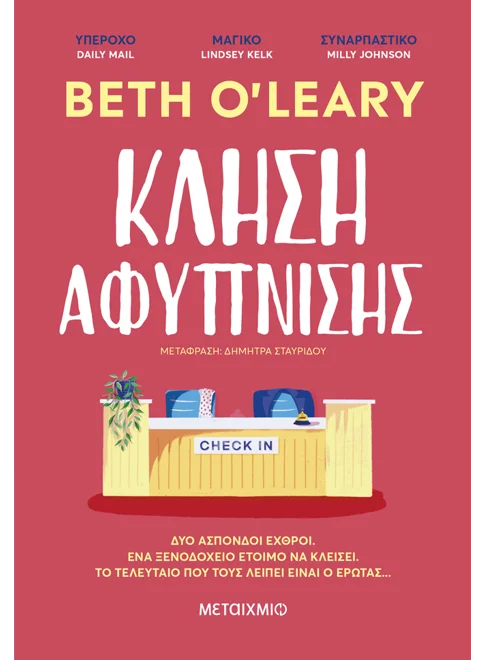
The hotel functions as a place of memory and trauma in Sofia Dionysopoulou’s novel The Hotelier’s Daughter (published by Agra Publications). Dionysopoulou’s work moves between two timeframes and two different types of action. Initially, the external action focuses on memories from the last days of a seaside hotel in distant 1975. The contact with the mother and daughter’s home, the visit of the aunt, and the awakening of love form the basic elements of a lyrical narrative reminiscent of Duras’s novels. In a completely different tone, the second temporal axis of the novel, set in 2000, unfolds as a delirium of thoughts, harshness, and at times a measured detachment from the drama. The reconstruction of the sensations of a summer from a past era elevates Dionysopoulou’s novel into a must-read for those who appreciate introspective storytelling. “He dressed and walked toward the hotel. The pebbles scraped his soles, but the pain gave him a sense of freedom. Since he was little, he used to walk barefoot, back when his feet still bled, but he didn’t mind; he preferred that to the tightening of shoes, and, moreover, he felt he had nothing to hide—those who wear shoes wear two more masks, three in total, because everyone wears one on their face…”



The author Loukia Dervi invites us on a journey back to the 1990s with a chain of summer stories set against the backdrop of the Acropolis, featuring a gallery of characters working at the Excelsior Hotel in Syntagma Square. Written in the style of vignettes and reminiscent of Robert Altman’s finest cinematic moments, her novel Thea Akropoli (published by Metaixmio Publications) uses humor to reveal an entire unseen world—the world of the uniformed hotel employees. It explores, in many ways, the identity of individuals both during their shifts and when the work uniform is removed.

The bold, funny, and penetrating perspective of Ersi Sotiropoulou invites us for a Festive Three-Day Stay in Ioannina (in a new edition by Patakis Publications). It is the journey of a woman’s emancipation who briefly leaves her routine to spend three days in Ioannina with a stranger—for the parade, for some rice pudding, for “wherever it takes us.” Through the setting of rain, the provinces, the parade, and the Esperia Hotel, the narration becomes a play between reality and imagination, the body and memory, the comic and the dark. Ultimately, the ingredients of life itself. “The hotel was three-store, recently built at the end of a dead-end street. There was no one at the reception, and he sent me back to the garage to call someone. Outside on the road, the rain had started falling in heavy, sparse drops…”

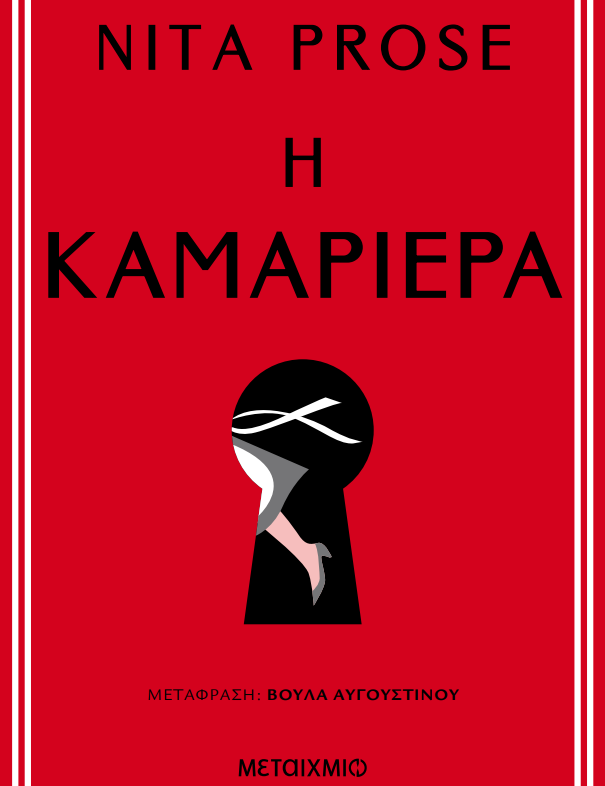
In Dimitris Sotakis’s novel The Bitter Truth (Kedros Publications), the story unfolds of a family of four—Po, Maria, and their two children—who visit once again their favorite hotel, where they have spent many summers. This is yet another case where the hotel transforms from an idyllic resort into a place of conflict, exploration of the Other’s identity, and internal wounds, while the narration skillfully manages the tension between lyricism and raw reality. Sotakis’s writing remains precise, clear, and at times bitter, harmonizing style with the work’s content. “The idea for the vacation at the Old Bear was born from a television commercial. Just like that. At first, everyone had laughed at the hotel’s name, which was built at the western edge of the country’s largest mountain range, six hundred kilometers away from their luxurious apartment. Four years earlier, they had dared to try it for the first time, and not only did they not regret it, but since then they had developed a sort of obsession with it.“

In Konstantia Sotiriou’s novel Brandy Sour (Patakis Publications), the historic Ledra Palace Hotel in Nicosia becomes a living symbol of a country—Cyprus—that moves from hopes and expectations to losses and traumas. It consists of twenty-two short stories, each set in one of twenty-two rooms, and each is paired with a recipe for a drink or beverage, from brandy sour to soumada and koumandaria, connecting experiences and flavors with Cypriot microhistory and major political events. The descriptions elevate the hotel’s architecture into the realm of the mythical: “At the entrance of the Grand Hotel, a huge gryphon is carved into the floor. It is made of Greek marble and painted blue, standing guard at the door, not allowing any lies or evil to enter. […] Gryphons are animals of Mesopotamia and the Middle East, but they sometimes come and live in our lands too. They are symbols of our old world and our wish for a good future.”

From the great master of detective fiction, Georges Simenon, many stories have emerged featuring the brilliant Inspector Maigret. In The Cellars of the Majestic (published by Agra, translated by Argyro Makarof), the reader follows the steps of a murder and the ensuing mystery in the ultra-luxurious hotel on the Champs-Élysées. Simenon’s sharp irony, combined with his penetrating descriptions of the world of the ruling class, add the necessary layers of social critique to this thrilling work, elevating it into a standout novel of this beloved literary genre. “An immense corridor, endless numbered doors, a red carpet of incredible length. Essentially, any guest could push open this door and have access to the basement. It was just like the entrance from Rue de Pontière. Two valets, a doorman, and two or three groom staff stood in front of the revolving door on the Champs-Élysées, yet the first passerby could enter the Majestic through the service door and it was likely that no one would worry about their presence there.“

The themes of child abuse, adolescent delinquency, and bullying are approached in a reconstructive manner by Stefanos Papadimitriou in his latest novella, The Slaughter of the Innocents (Psychogios Publications). Coming from a generation that watches true crime shows and the puzzles of Asian thrillers with interest, he borrows elements from their horrific atmosphere as he narrates the story of Hermes, a middle school student who one night in 1996 murdered his classmates and teachers in a hotel in Pelion. Entering the mind of the sole survivor, Papadimitriou does not hesitate to deconstruct the rules of linear narration, in an effort to explore the impact of trauma on the individual and to trace the labyrinthine path toward social dead ends.

If you enjoy novels that serve as vivid murals of an entire era, then Hotel Constantinople by the Turkish author Zülfü Livaneli (published by Patakis, translated by Niki Stavridi) is a work for you. In a swiftly and gracefully flowing book—undoubtedly influenced by Livaneli’s connection as a musician with rhythm and melody—Istanbul unfolds through the setting of a luxurious hotel built on the ruins of a Byzantine palace during the last days of 2014. Constantinîye— the city’s name under the Ottomans and in the Arab world—becomes the centerpiece of a multifaceted celebration, gathering politicians, entrepreneurs, journalists, as well as the invisible hotel workers, while the ghosts of the city’s past also “attend.” “The majority of the people in the hall, regarded as the magnates of Istanbul, see each other several times a week. They frequent the same circles, living exclusively within their tribe and not outside it. The occasions for their meetings are primarily elegant wedding ceremonies in five-star hotels, which in the summer take place by the pool and in the winter in the banquet hall.”
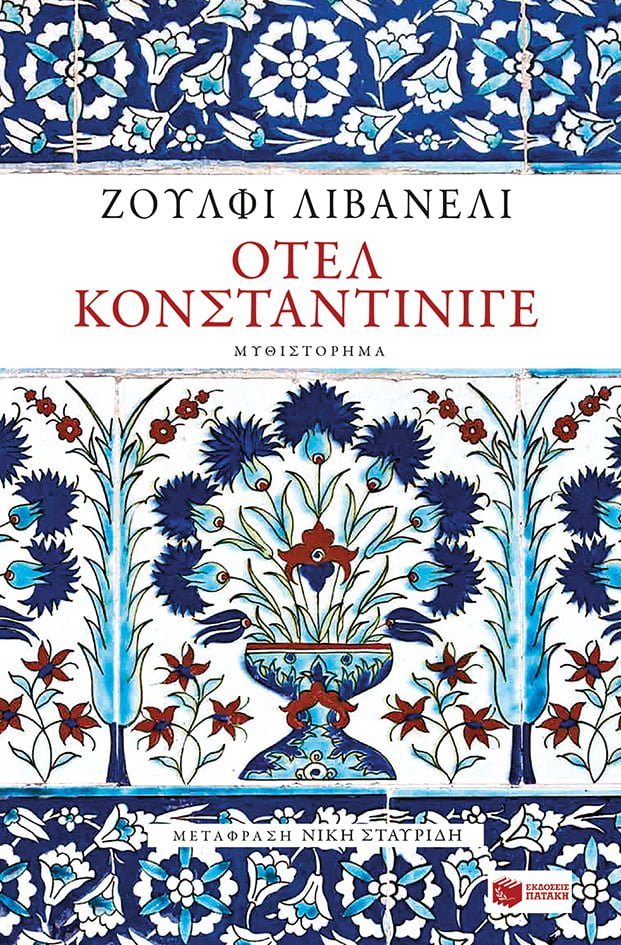

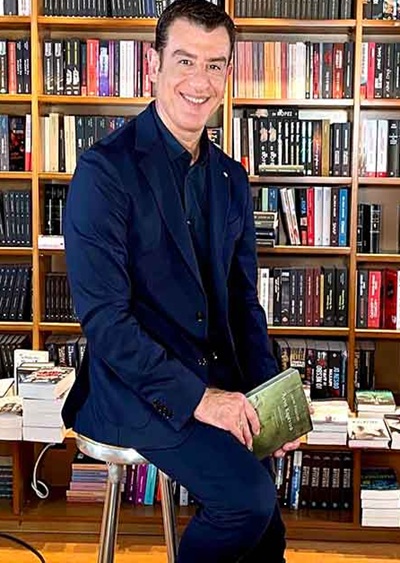

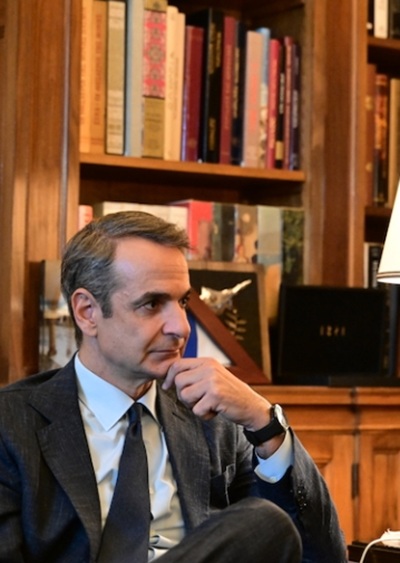



Leave A Comment